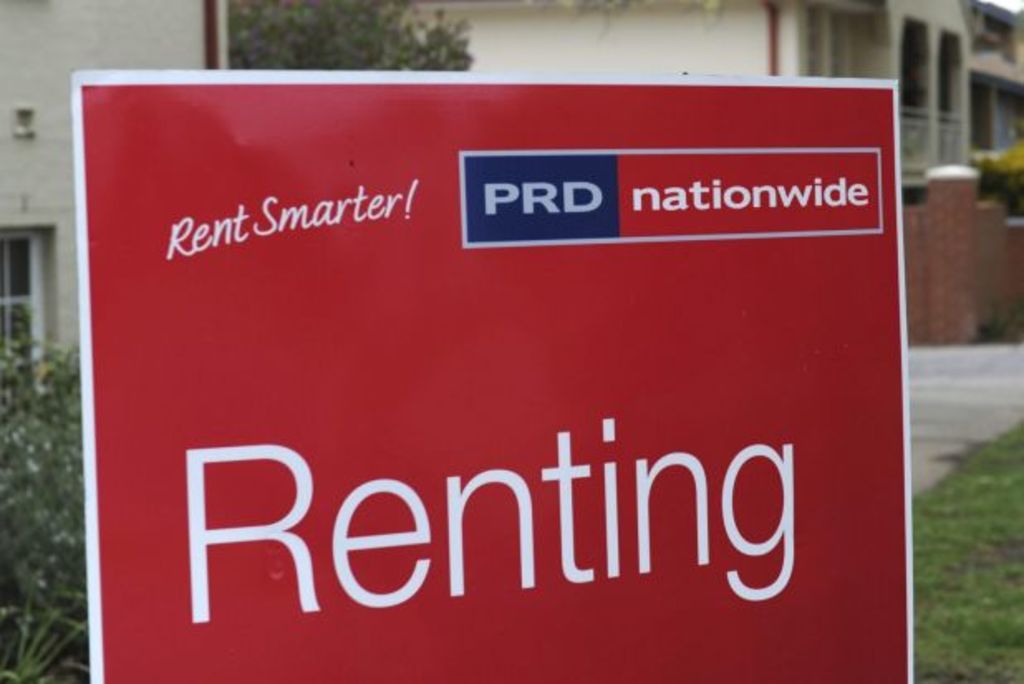Rents ease but tough times remain for Canberra tenants: Domain Group report

The Canberra home rental market remains challenging for tenants despite recent flat and falling rents and an easing of vacancy rates.
The latest Domain Group rent report reveals that the median asking rent for a Canberra house was steady over the June quarter at $500 a week. Although house rents have remained stable over recent months, the annual growth rate remains high at 6.4 per cent, which is clearly the steepest of all the capitals.
Canberra median asking unit rents fell over the June quarter, down by 2.3 per cent to $420 a week, but remained 5 per cent higher than that recorded over the June quarter last year.
Of all the capitals Canberra’s annual rate of rental growth was second only to Melbourne, which recorded an increase of 5.3 per cent.
The rental vacancy rate for Canberra houses remained steady at a tight 0.9 per cent over June to be the second lowest of all the capitals ahead of Hobart with just 0.3 per cent. The vacancy for Canberra units, however, eased over June increasing from 1.7 per cent to 1.9 per cent and reflecting recent increased supply of new apartments
Although Canberra home rents have steadied over recent months, annual growth rates remain well ahead of income growth which, if continues, can act to constrain local economic activity.
Next week, the Reserve Bank meets to decide the direction of official interest rates over August with rates likely to remain at the current 1.5 per cent for the 12th consecutive month.
Latest economic data remains mixed, with the Bureau of Statistics national June jobless rate at a four-year low, but rates in Melbourne and Brisbane increased sharply over the past year and are now more than 6 per cent. The Canberra June jobless rate has also surged up from 3 per cent to 4.7 per cent annually.
- Related: Canberra house prices boom, units fall
- Related: Domain State of the Market Report
- Related: Investors drive Canberra’s property price growth
The ABS June quarter headline inflation result was disappointing, increasing by just 0.2 per cent over the quarter and up by 1.9 per cent over the year – below the RBA’s notional target range of 2 to 3 per cent. The recent trend of underlying inflation, however, has improved marginally although remaining at low levels.
The recent surge in the Australian dollar would also concern the RBA, following misguided speculation regarding potential increases in local interest rates and being sustained by a lower US dollar. Nonetheless, the Reserve Bank is likely to persist with its recent medium-term view of economic activity with rates likely to remain on hold for the rest of the year.
Andrew Wilson is Domain Group chief economist. Twitter: @DocAndrewWilson join on LinkedIn and Facebook at MyHousingMarket
We recommend
We thought you might like
States
Capital Cities
Capital Cities - Rentals
Popular Areas
Allhomes
More







